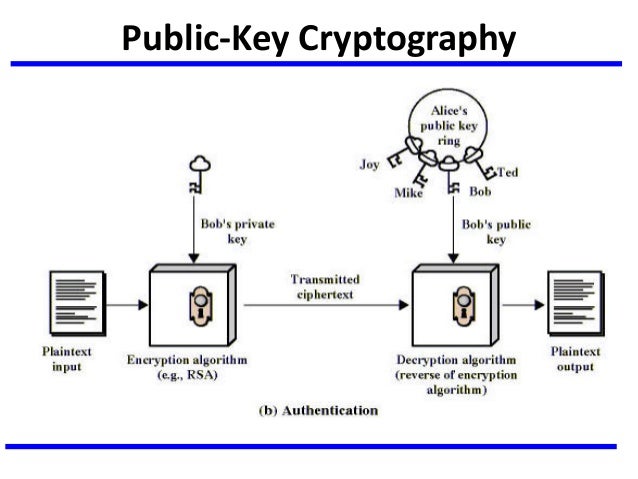C Generate Random Rsa Key
Chilkat • HOME • Android™ • Classic ASP • C • C++ • C# • Mono C# • .NET Core C# • C# UWP/WinRT • DataFlex • Delphi ActiveX • Delphi DLL • Visual FoxPro • Java • Lianja • MFC • Objective-C • Perl • PHP ActiveX • PHP Extension • PowerBuilder • PowerShell • PureBasic • CkPython • Chilkat2-Python • Ruby • SQL Server • Swift 2 • Swift 3/4 • Tcl • Unicode C • Unicode C++ • Visual Basic 6.0 • VB.NET • VB.NET UWP/WinRT • VBScript • Xojo Plugin • Node.js • Excel • Go

CkRsa rsa; // Generate a 1024-bit key. Chilkat RSA supports // key sizes ranging from 512 bits to 4096 bits. // Note: Starting in Chilkat v9.5.0.49, RSA key sizes can be up to 8192 bits. // It takes a considerable amount of time and processing power to generate // an 8192-bit key. Bool success = rsa. A random public/private key pair is generated when a new instance of the class is created. RSACryptoServiceProvider RSA = new RSACryptoServiceProvider; Once keys are generated, we can use ToXmlString or ExportParameters method to read the keys. Sep 30, 2019 Generates random probable prime numbers p and q using the specified pseudorandom number generator rndFunc. (q-1) and qInv = 1/q mod p. To generate RSA keys using the RSAGenerateKeys function, call it in the following sequence of steps. If RSAGenerateKeys returns IppNoErr, the key pair is generated. Now to answer your question: 'plain' RSA does not specify how the prime numbers are to be generated. For any particular implementation, you would need to look at its source code or documentation to see how it does it. A popular method is the 'generate-and-test' paradigm: Generate a random number of appropriate length. The Create-method you are calling is actually a static method on the abstract RSA-class (the superclass to RSACryptoServiceProvider) and creates an instance of the default implementation of the RSA-class. On most systems this will be RSACryptoServiceProvider - but not on all. Asymmetric algorithms require the creation of a public key and a private key. The public key can be made public to anyone, while the private key must known only by the party who will decrypt the data encrypted with the public key. This section describes how to generate and manage keys for both symmetric and asymmetric algorithms. Symmetric Keys.
| Demonstrates how to generate a new RSA public/private key pair and use it to generate a signature for a string. The (binary) digital signature is returned as a hexidecimalized string.
| |||||
© 2000-2020 Chilkat Software, Inc. All Rights Reserved.